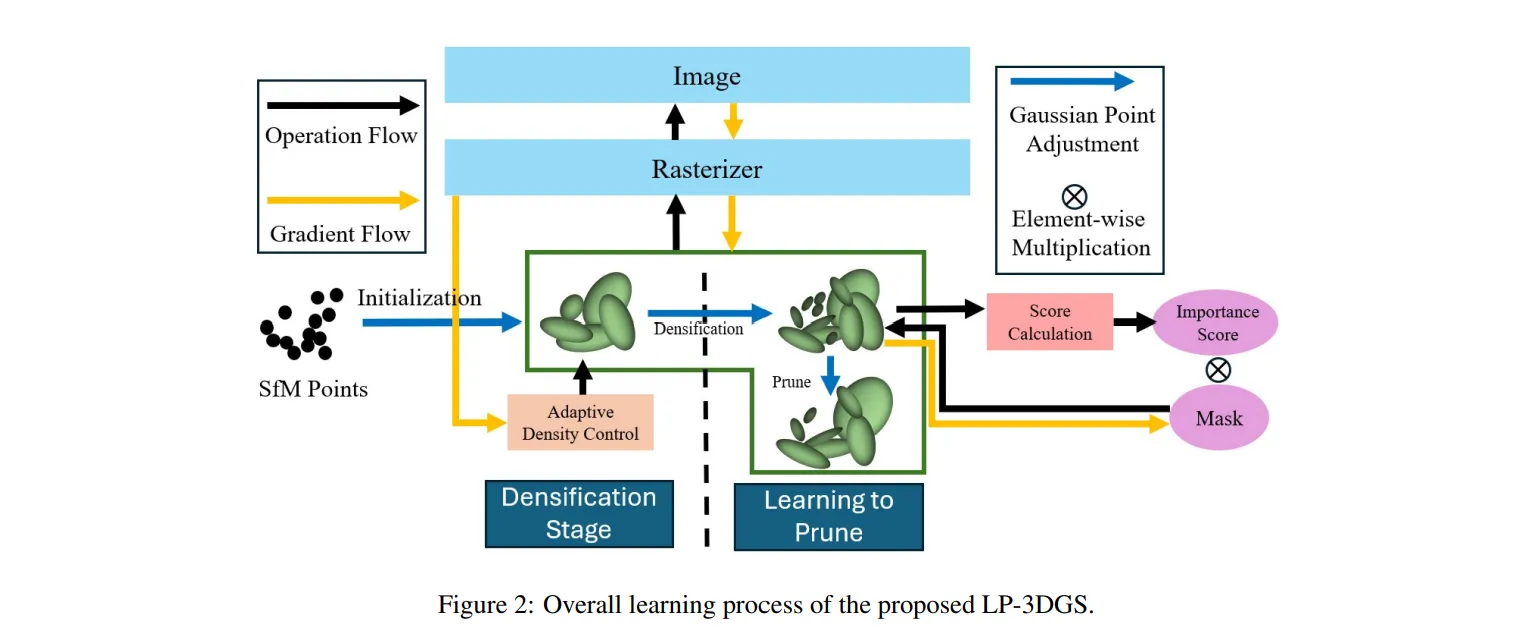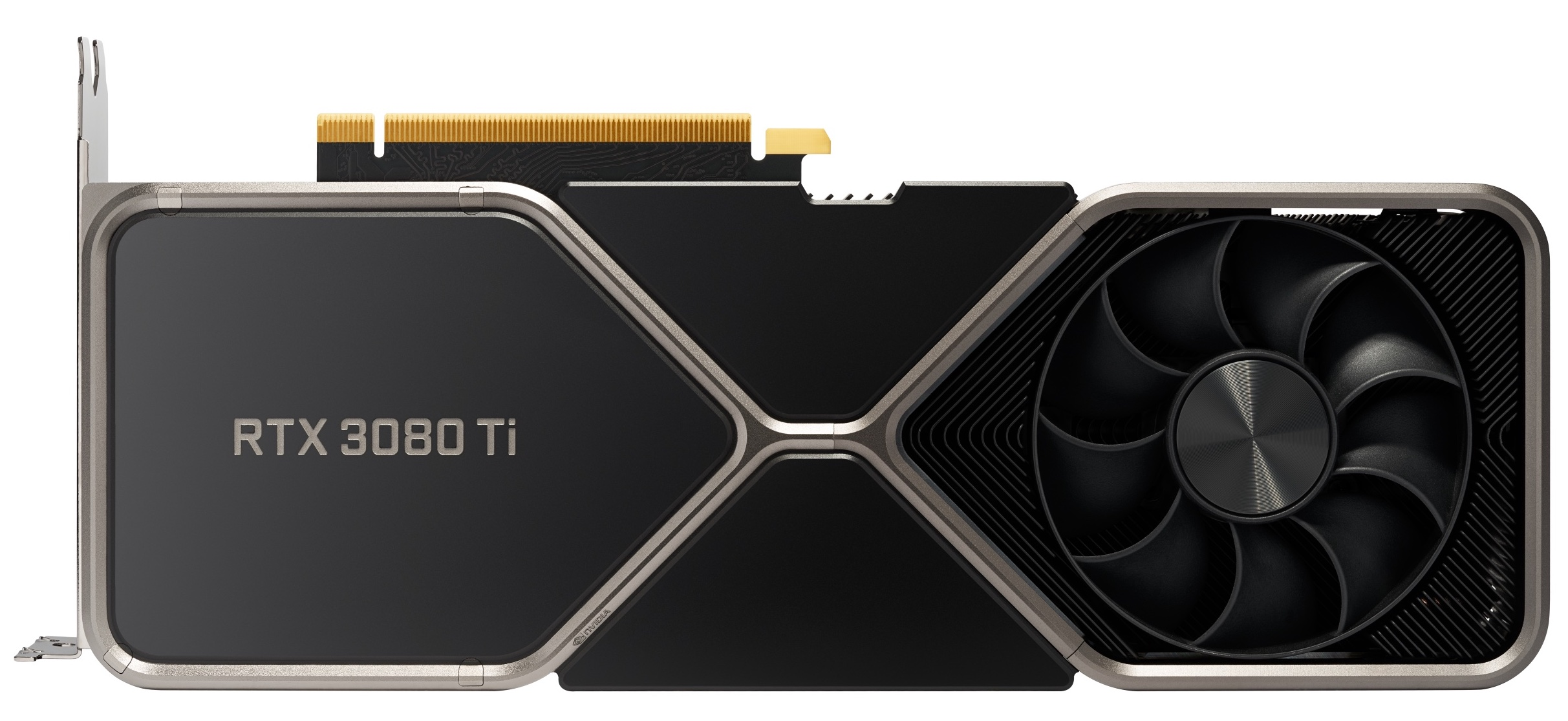System Documentation: Introducing Gaussian Splatting
A Novel Approach to Real-Time Radiance Field Rendering
1. Introduction
This document introduces Gaussian Splatting, a groundbreaking technique for rendering 3D scenes, particularly those captured from real-world data. Traditional methods like polygon meshes or Neural Radiance Fields (NeRFs) often face trade-offs between rendering speed, quality, and training time. Gaussian Splatting aims to overcome these limitations, offering high-fidelity, real-time rendering capabilities.
Developed initially for novel view synthesis of captured scenes, this technique represents a significant advancement in computer graphics. This documentation provides an overview for both technical users seeking implementation details and non-technical readers interested in its capabilities and impact.

2. Core Concept: Rendering with Gaussians
Unlike traditional methods that use triangles (polygons) or complex neural networks (NeRFs) to represent scenes, Gaussian Splatting utilizes a collection of 3D Gaussian functions. Imagine representing the scene not with solid surfaces, but with millions of tiny, semi-transparent, colored clouds (Gaussians).
Each Gaussian has properties defining its position (XYZ coordinates), shape (covariance matrix, defining its stretch and rotation), color (RGB), and opacity (alpha). During rendering, these Gaussians are "splatted" (projected) onto the 2D image plane, much like throwing tiny paintballs onto a canvas. Their combined colors and opacities form the final, highly detailed image. This approach avoids the need for explicit surface geometry, allowing for efficient representation of complex details like wispy clouds or intricate textures.
3. Key Features & Advantages

- High Visual Fidelity: Capable of producing photorealistic renderings, capturing fine details and complex view-dependent effects (like reflections) accurately.
- Real-Time Rendering: Achieves rendering speeds suitable for interactive applications (often 30 FPS or higher on capable hardware), a significant advantage over many NeRF-based methods.
- Fast Training/Optimization: Creating the Gaussian representation from input images is significantly faster than training most high-quality NeRF models.
- Explicit Representation: Unlike the "black box" nature of NeRFs, the Gaussian representation is explicit, potentially allowing for easier editing, manipulation, or integration with traditional graphics pipelines in the future.
4. Workflow Overview
The typical process involves these main stages:
- Data Capture & Preprocessing: Collect multiple images of a scene or object from various viewpoints. Use Structure-from-Motion (SfM) techniques (like COLMAP) to estimate camera positions and generate an initial sparse point cloud.
- Initialization: Initialize the 3D Gaussians based on the SfM point cloud.
- Optimization/Training: Iteratively adjust the properties (position, shape, color, opacity) of each Gaussian by comparing rendered images with the input photos. This step optimizes the representation to accurately match the real scene.
- Real-Time Rendering: Utilize a specialized tile-based rasterizer to efficiently "splat" the optimized Gaussians onto the screen for novel view synthesis.

5. Potential Use Cases
The combination of high quality and real-time performance opens up numerous possibilities:
- Virtual and Augmented Reality (VR/AR): Creating highly realistic virtual environments or integrating virtual objects seamlessly into real-world views.
- Digital Twins & Heritage Preservation: Capturing and exploring detailed digital replicas of real-world locations or artifacts.
- Visual Effects (VFX): Generating realistic backgrounds or elements for film and television.
- Gaming: Potentially used for rendering complex game environments or assets.
- E-commerce & Product Visualization: Allowing users to interactively view highly realistic 3D models of products.
6. System Requirements (General)

While specific requirements vary by implementation, Gaussian Splatting generally relies heavily on GPU capabilities:
- GPU: A modern, powerful graphics card (typically NVIDIA GPUs with CUDA support) is essential for both the optimization/training phase and efficient real-time rendering.
- VRAM: Significant GPU memory (VRAM) is often required, especially for large or complex scenes, as all Gaussian data needs to be accessible by the GPU. Amounts like 8GB might be a minimum, with 12GB, 16GB, or more being beneficial.
- Software Dependencies: Implementations usually rely on libraries like CUDA, PyTorch, or custom rasterizers.
Performance is directly tied to the number of Gaussians and the GPU's processing power and memory bandwidth.
Summary & Future Outlook
Gaussian Splatting represents a paradigm shift in real-time, high-fidelity 3D scene rendering. Its ability to reconstruct and render detailed scenes from images quickly and efficiently opens doors for numerous applications previously limited by computational constraints. While still an evolving technology, its impact on VR/AR, digital capture, and interactive graphics is expected to be substantial as the techniques are further refined and integrated into more accessible tools and platforms.